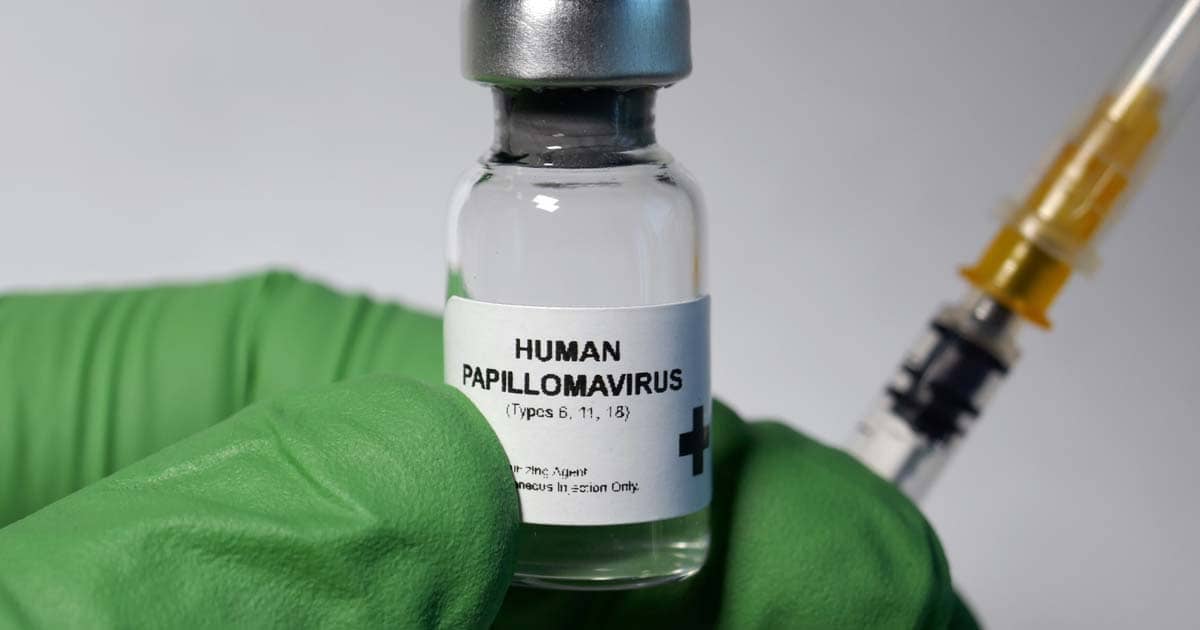Sexually transmitted diseases (STDs) are scary for a number of reasons. For a start, there’s still a lot of stigma and shame linked to those. As a result, many people aren’t informed about adequate prevention and treatment. Also, there’s a fear revolving around the effectiveness of prevention. After all, many STDs cannot be prevented through the use of conventional medical approaches like the administration of vaccines.
Speaking of vaccines, are they even a thing when it comes to sexually transmitted infections? Here are some of the conditions that you can get vaccinated against in order to reduce infection risk significantly.
STD Prevention: Are Vaccines a Priority?
Vaccines are a priority for the prevention of several STDs and they’re not currently considered a top line of defence for other conditions.
The general consensus is that abstinence and the use of barrier contraception are the two most effective methods for the prevention of sexually transmitted infections.
There’s another fact that needs to be taken in account. STDs like chlamydia, syphilis and gonorrhoea are caused by bacteria. As such, they are easy to treat with antibiotics. Reliable tests exist for these conditions and they show the presence of the disease-causing agent, even if a person isn’t exhibiting symptoms.
Because inexpensive antibiotics deliver excellent treatment results, the development of vaccines for these STDs is not a priority for the pharmaceutical community.
This fact may change in the future, however. Some of the bacteria that cause STDs are already turning into “super bacteria” that are highly antibiotic-resistant. As a result, we could be running out of treatment options in the future. If the troublesome trend continues, chances are that researchers will start putting more emphasis on prevention than on the administration of effective treatments.
STD Vaccines That Are Currently Available
Several STDs have reliable, mass-manufactured vaccines for them.
HPV vaccines are reliable, safe and a great choice for both men and women. The first HPV vaccine became available on the market in 2006. Today, 125 countries have added the HPV vaccine to the routine immunisation calendar for girls and in 47 countries boys are also getting the shot.
Mathematical models suggest that more than 80 per cent of women across the globe will be infected with at least one strain of the human papillomavirus by the time they reach the age of 50. The problem with this virus is that the high risk strains are the main cause of cervical cancer. This is why prevention through the use of vaccines is considered a major medical breakthrough.
A vaccine also exists for hepatitis B – another viral infection that can spread through sexual contact.
The hepatitis B vaccine was licensed for commercial use in 1986.Available in both paediatric and adult formulations, hepatitis B vaccines are very effective. They are mandatory in nine countries and highly recommended in 20. As of today, over one billion doses of the vaccine have been given to curb the spread of the disease.
Finally, a vaccine also exists for hepatitis A. While the disease is most commonly contracted through contact with dirty food and water, it can also be the result of certain types of sexual activity.
Vaccines in Development
While we only have effective and safe vaccines for only three STDs right now, researchers are putting a lot of effort into the development of several other preventative products.
A genital herpes vaccine is undergoing development. Because genital herpes is caused by a virus, it can remain in the body a lifetime. While most people are going to be asymptomatic, a flare-up can result in the appearance of blisters and sores.
For decades, vaccine development attempts have been ongoing. The first types of inactive herpes vaccines were actually conceptualised way back in the 1930s. Unfortunately, none of these experimental formulas proved to be effective enough in order to receive licensing.
Currently a new herpes vaccine candidate is undergoing phase III clinical trials. Nearly 8,000 people are enlisted in the experiment but results so far are inconclusive. Another candidate is in its pre-trial stage. And while there’s still a long way to go, medical advances and developments in the world of pharmaceutical technology increase the likelihood of successful development.
Researchers have also been working on the development of an HIV vaccine for some time already. A lot of effort is being put into experimental mRNA HIV vaccines. These vaccines are meant to trigger a specific immune response when the body is faced with a pathogen like the human immunodeficiency virus. These specific mRNA vaccines are meant to get white blood cells transforming in a way that neutralises HIV.
There are still some challenges that need to be addressed, however. The HIV virus is notorious for its ability to mutate and evade the vaccines that are currently being researched. Also, the virus works by targeting immune cells and damaging them. In order to be effective, vaccines need these very cells to deliver the right kind of response. Thus, the manner in which the virus replicates itself creates some additional challenges that will have to be overcome.
As you can see, we still have a long way to go in order to get effective vaccines for the most widespread STDs. At the time being, prevention and regular testing are the two best preventative approaches.
Anyone who is sexually active should get tested with their partner at least once or twice per year. Those engaging in riskier sexual behaviours need to get STD testing every few months. Sexual health clinics like Shim Clinic make such testing options effortlessly available. Contact Shim Clinic now to find out more or visit us during working hours every day of the week.

